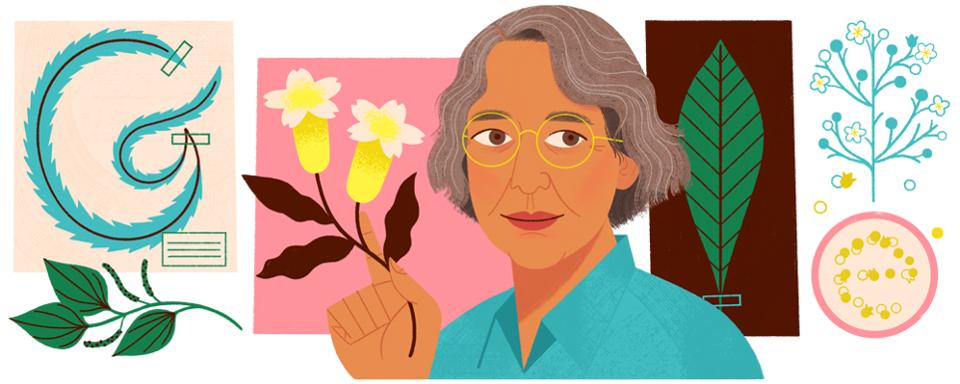MEXICO CITY: Google Doodle on Sunday celebrated the adventurous life of botanist Ynés Mexía, who discovered two new genera and several new species of plants on a series of daring expeditions to remote areas of Central and South America. Today’s botanists still study the 150,000 specimens she brought back from the field who started studying botany in her 50s and never finished college.
Mexía bagged 500 plant specimens on that first trip, and some historians and botanists claim those specimens included 50 species not previously known to science. One of them, a flowering plant now called Mimosa mexiae, became the first species to bear her name: not bad compensation for a broken hand and several broken ribs after Mexía fell off a cliff in the name of science.
During her short career as a botanist, Mexía collected 150,000 specimens, including at least two new genera — Mexianthus Robinson and Spulula Mains — and about 500 new species, 50 of which are named after her.
Estimates range from 2 to 500, but until all those specimens are fully studied and compared to other specimens and samples, that debate won’t be settled.
Between 1925 and 1938, Mexía traveled from California to Argentina, Brazil, Chile, Ecuador, southwest Mexico, and Peru, collecting plants and documenting her travels. She once spent three months living with the Araguaruna people in the Amazon Basin, and canoed up the Amazon to its source with a guide and three other scientists. She made most of her expeditions alone, which was a daring and slightly scandalous thing for a woman to do in the 1920s and 1930s. Back home in California, she often gave lectures and published accounts of her adventures and her discoveries.
(Agencies)









Comment